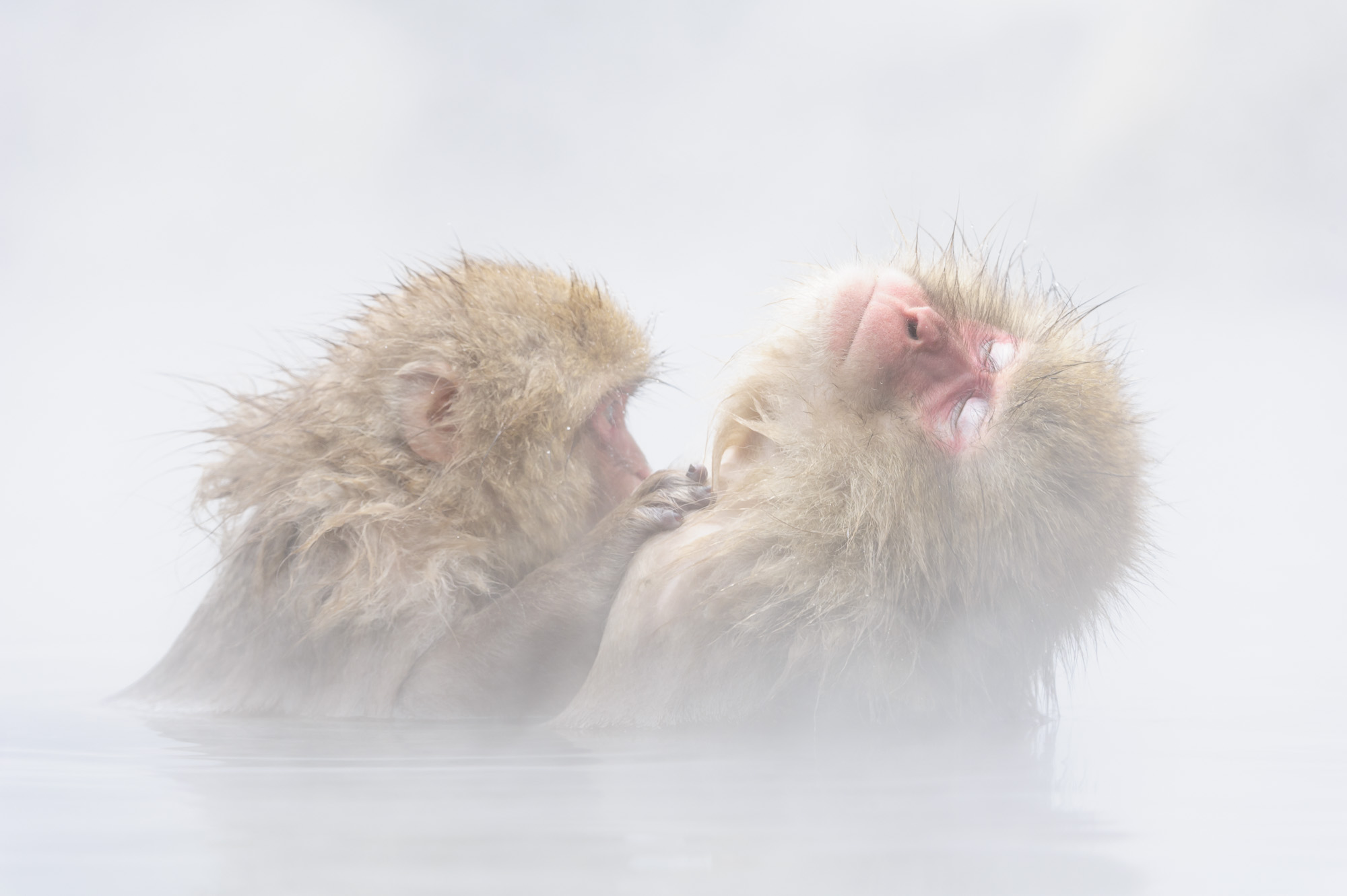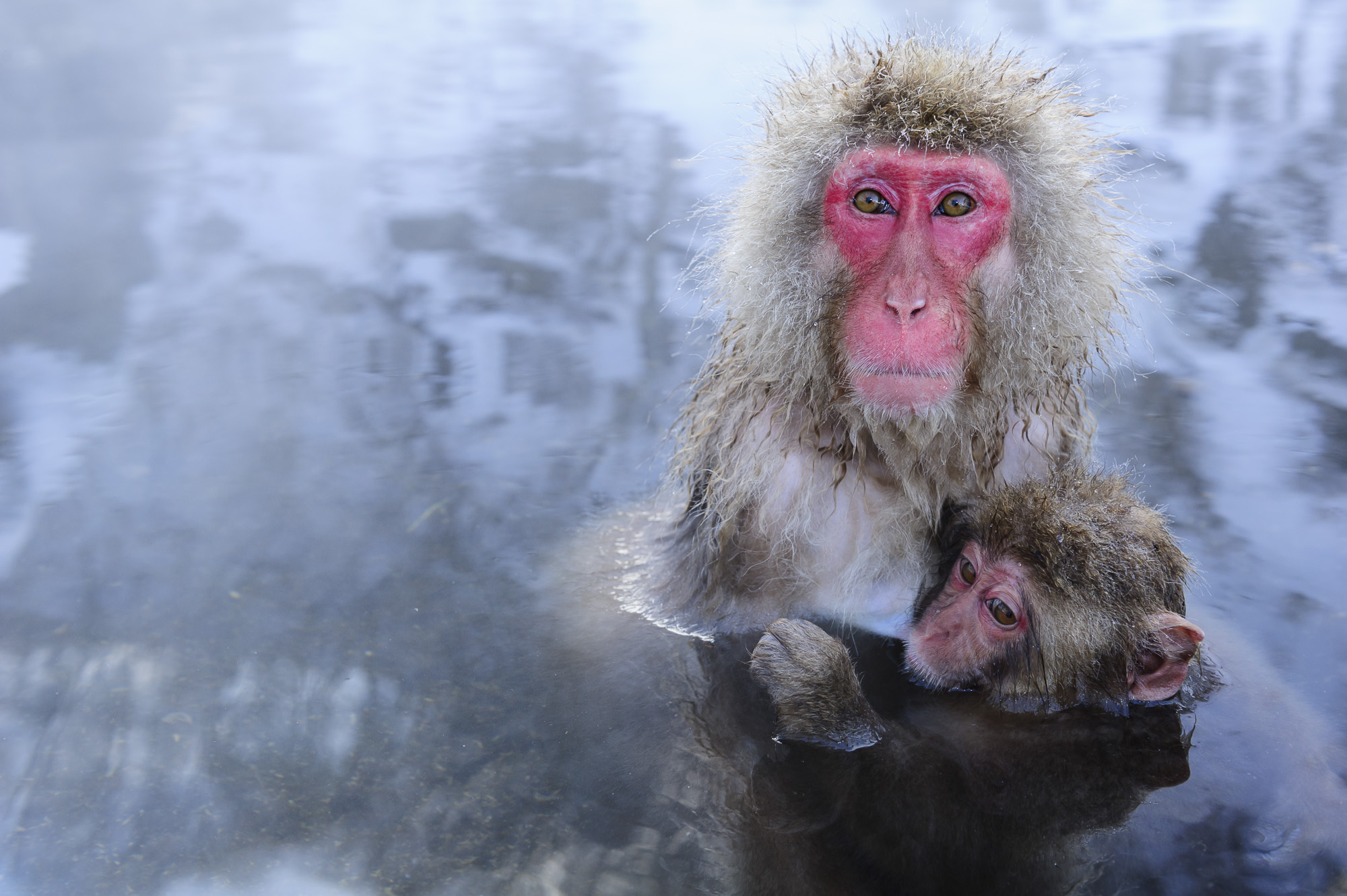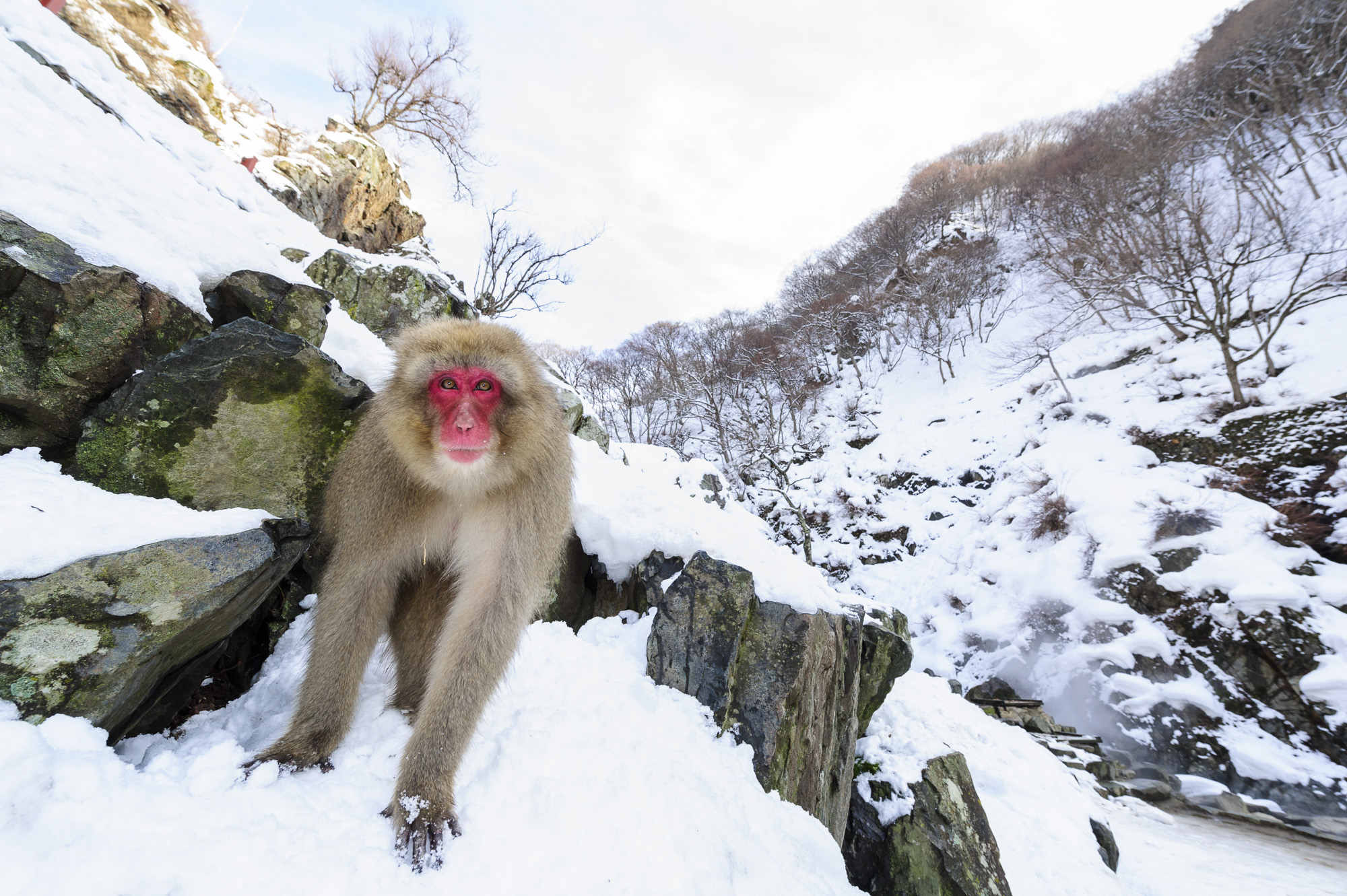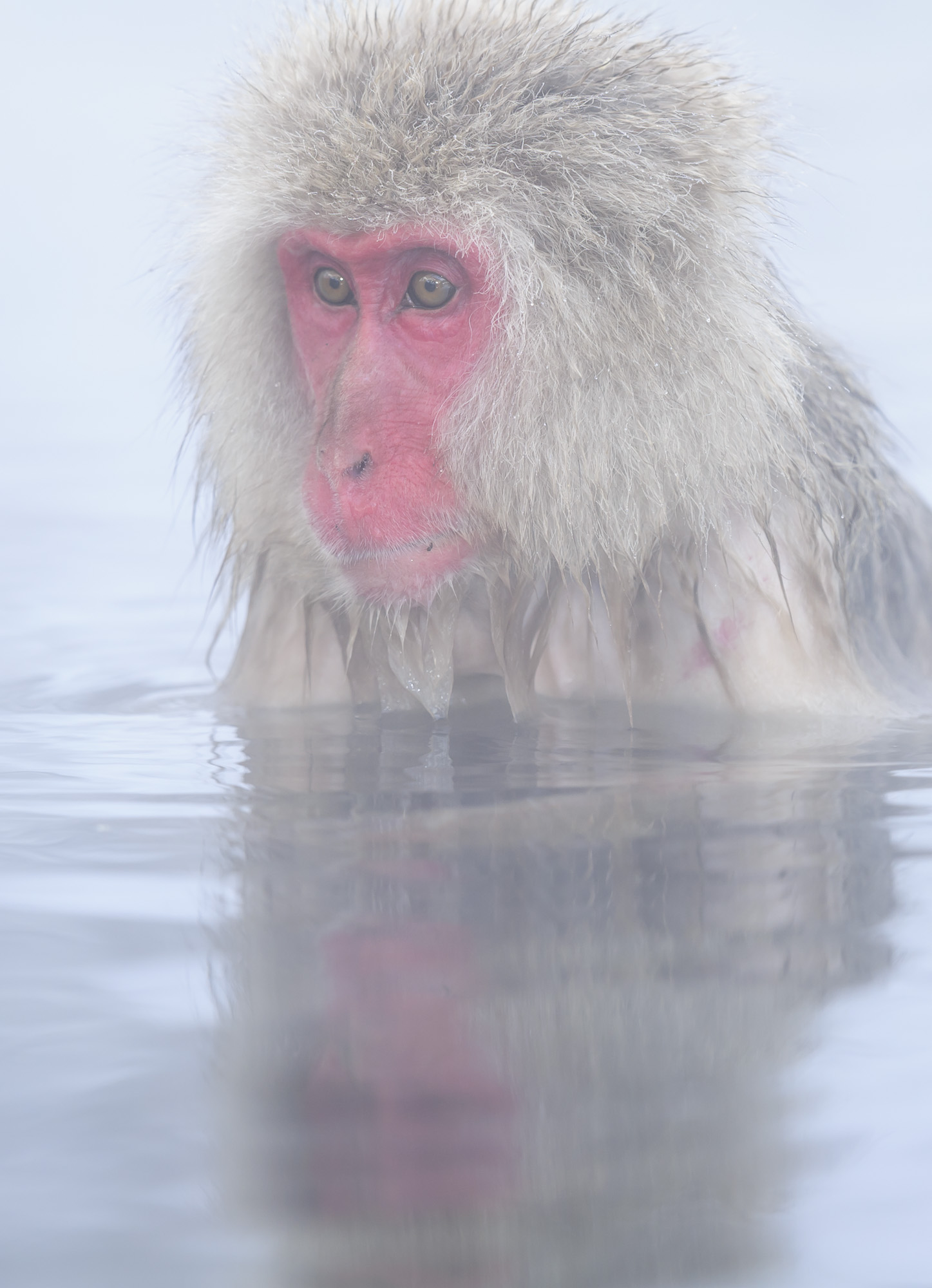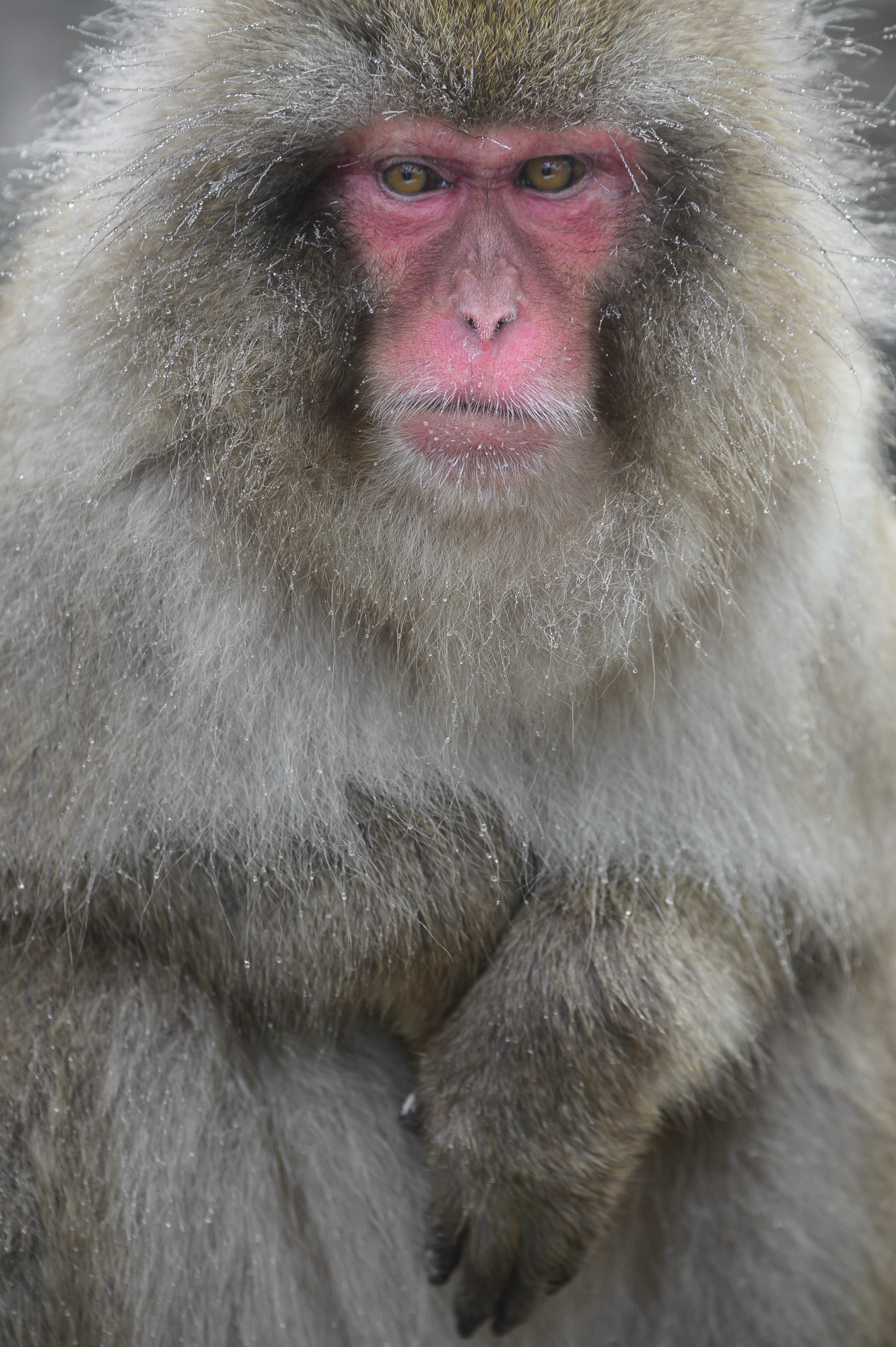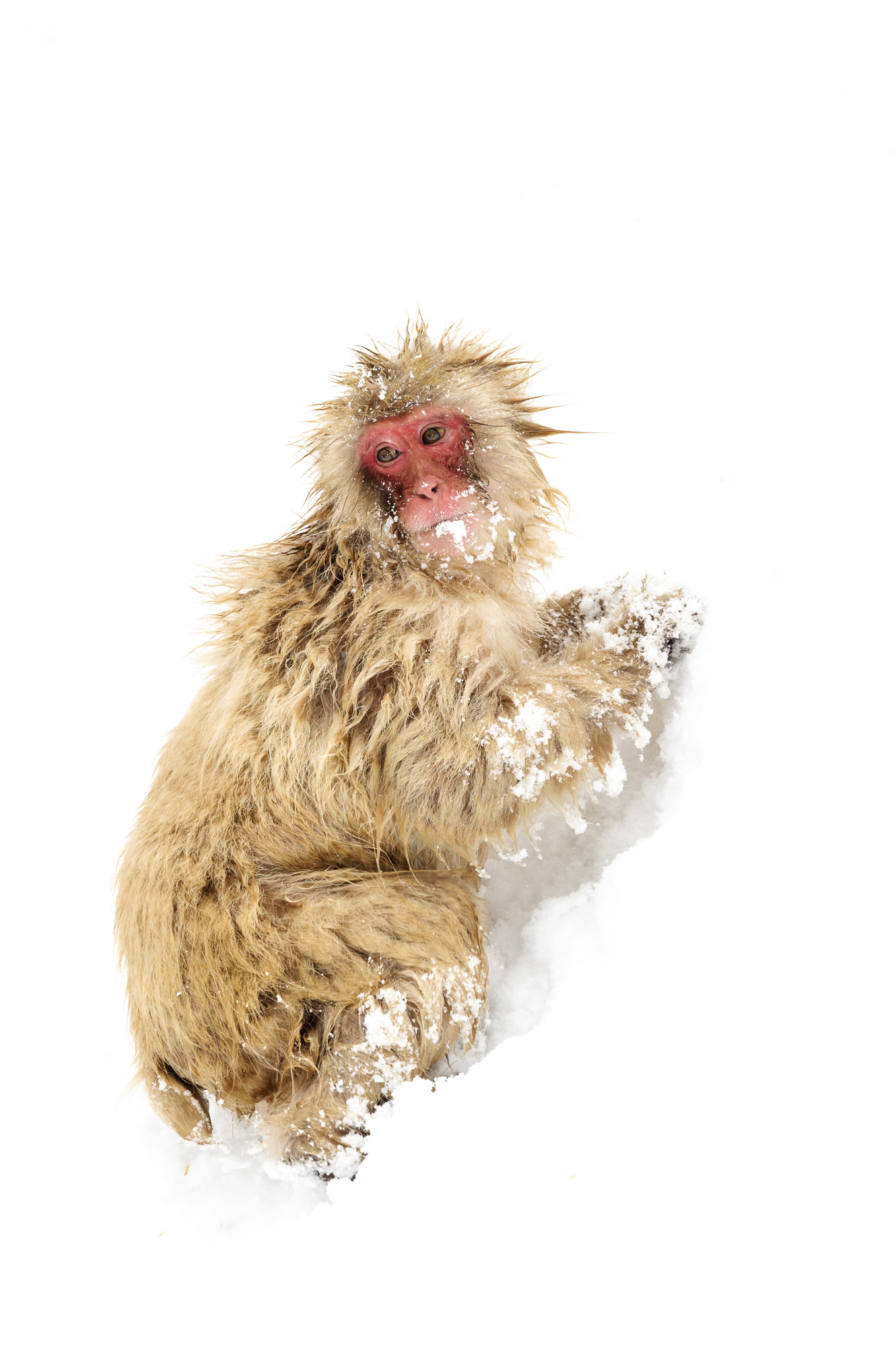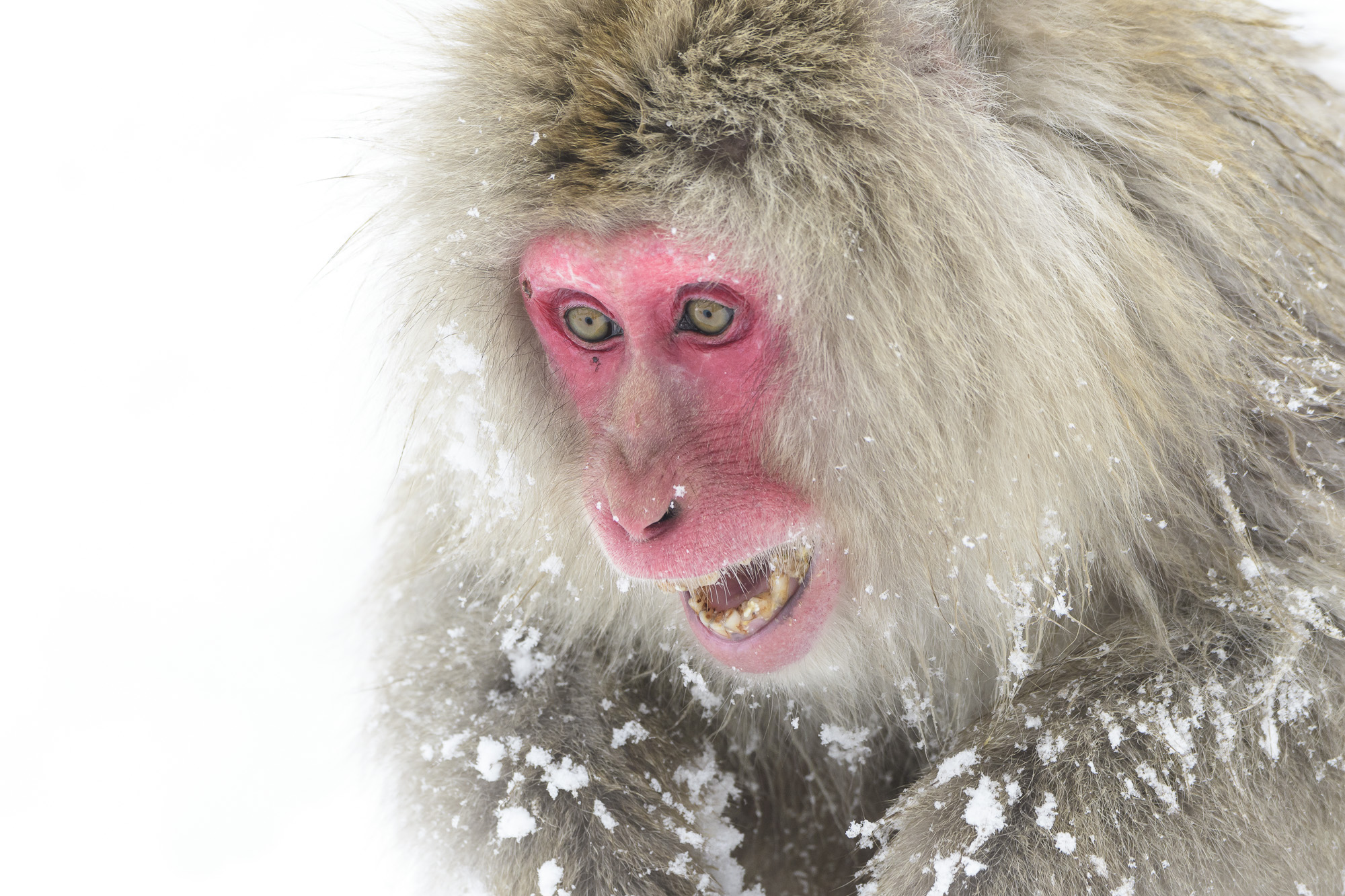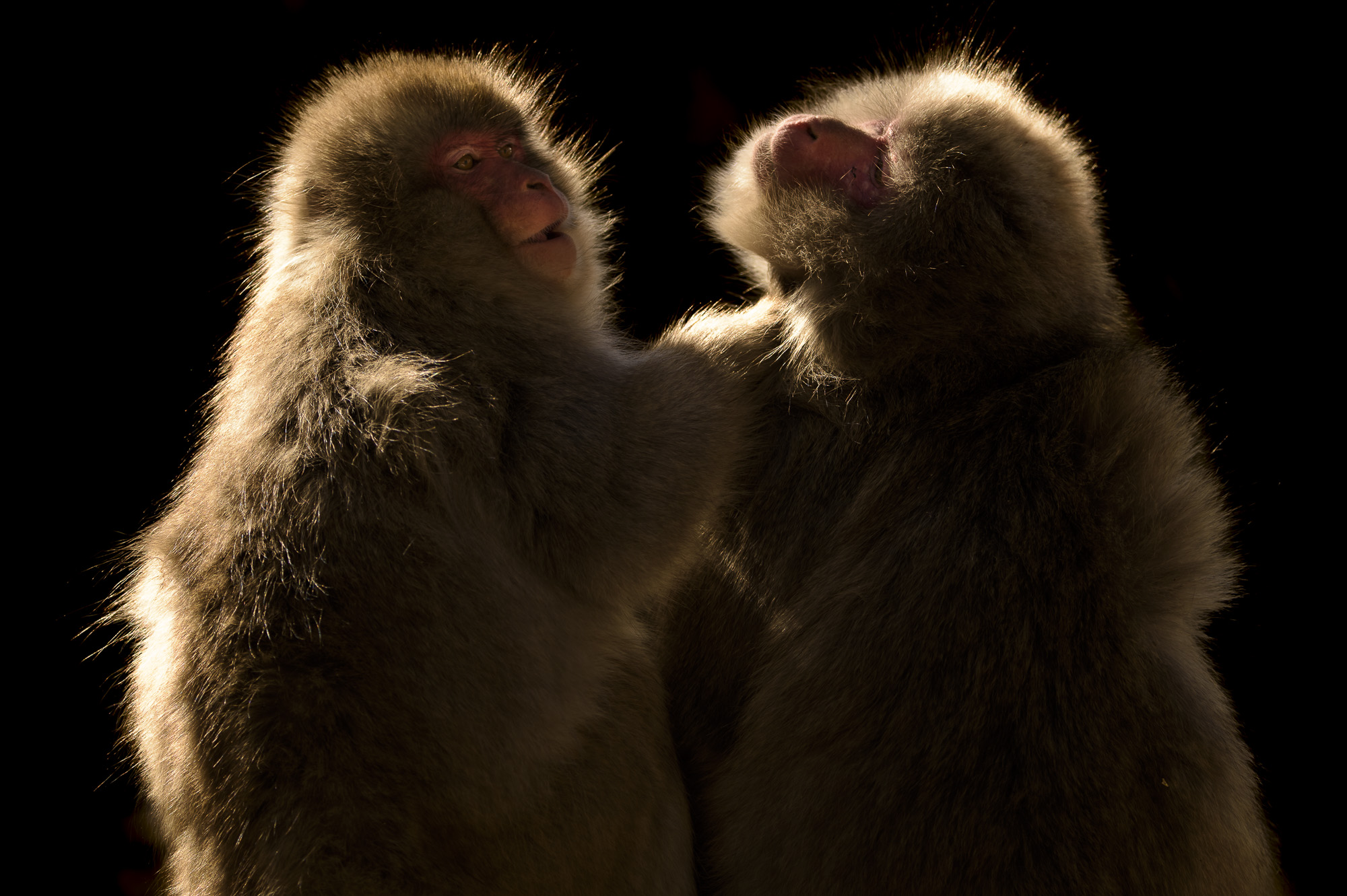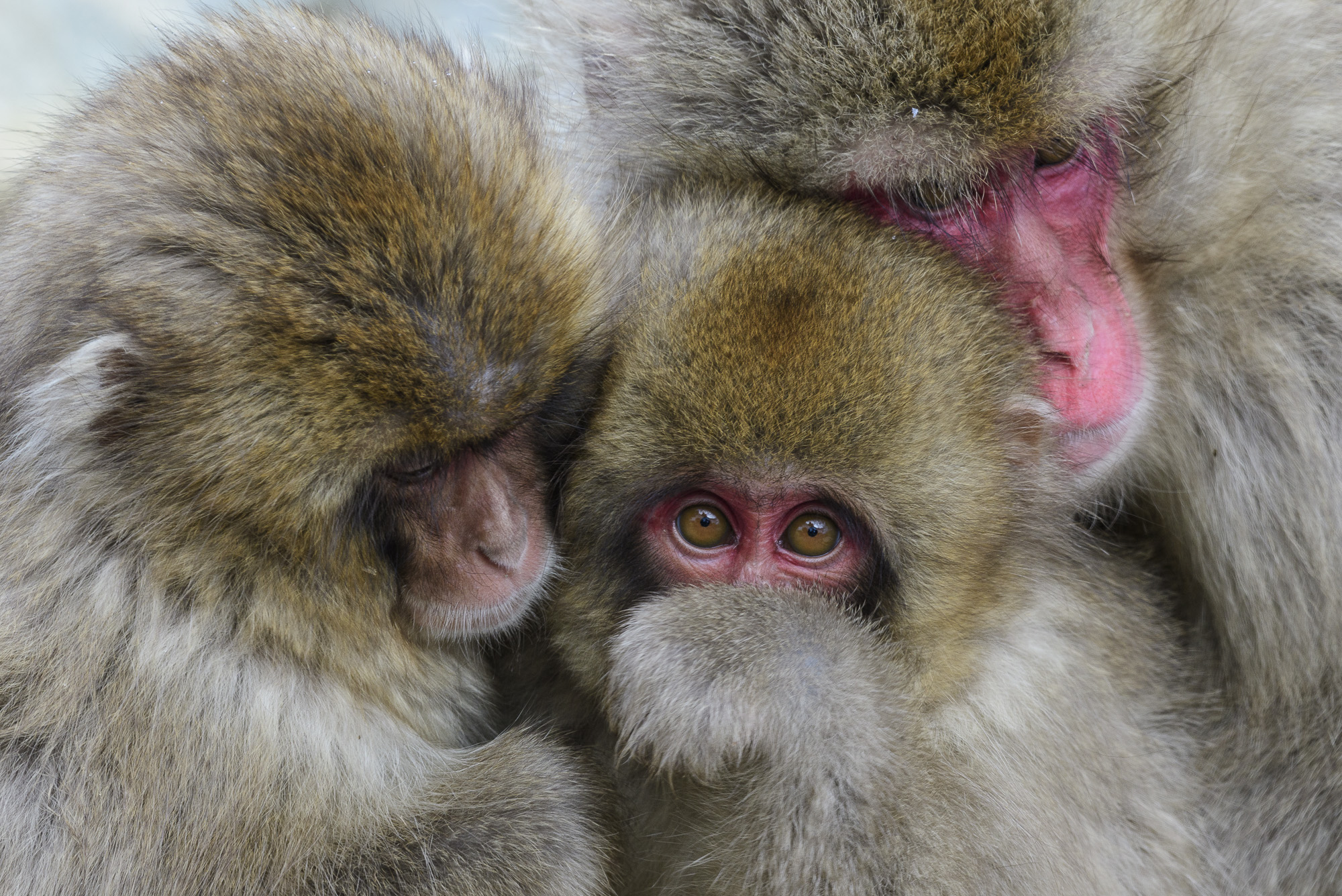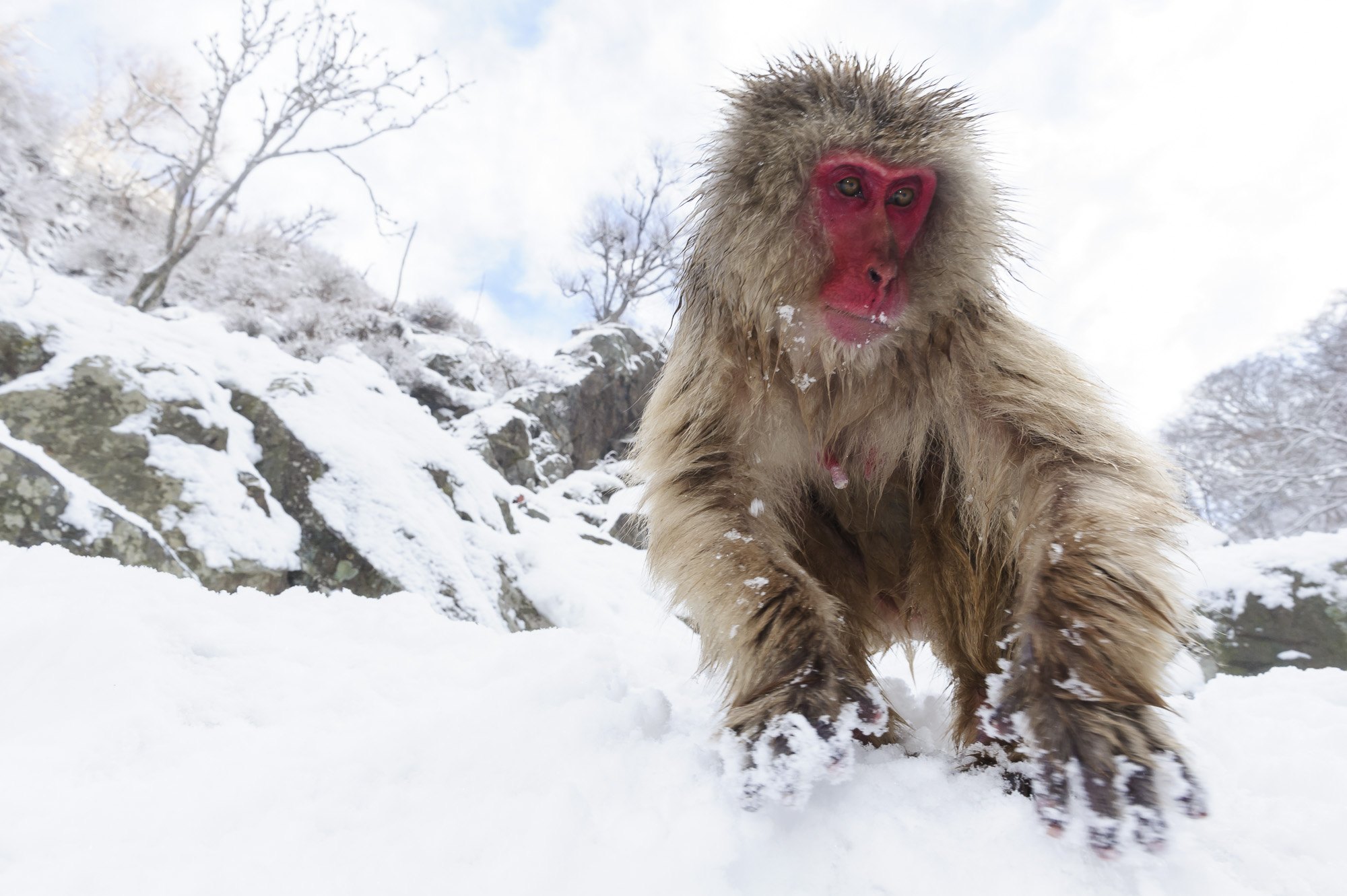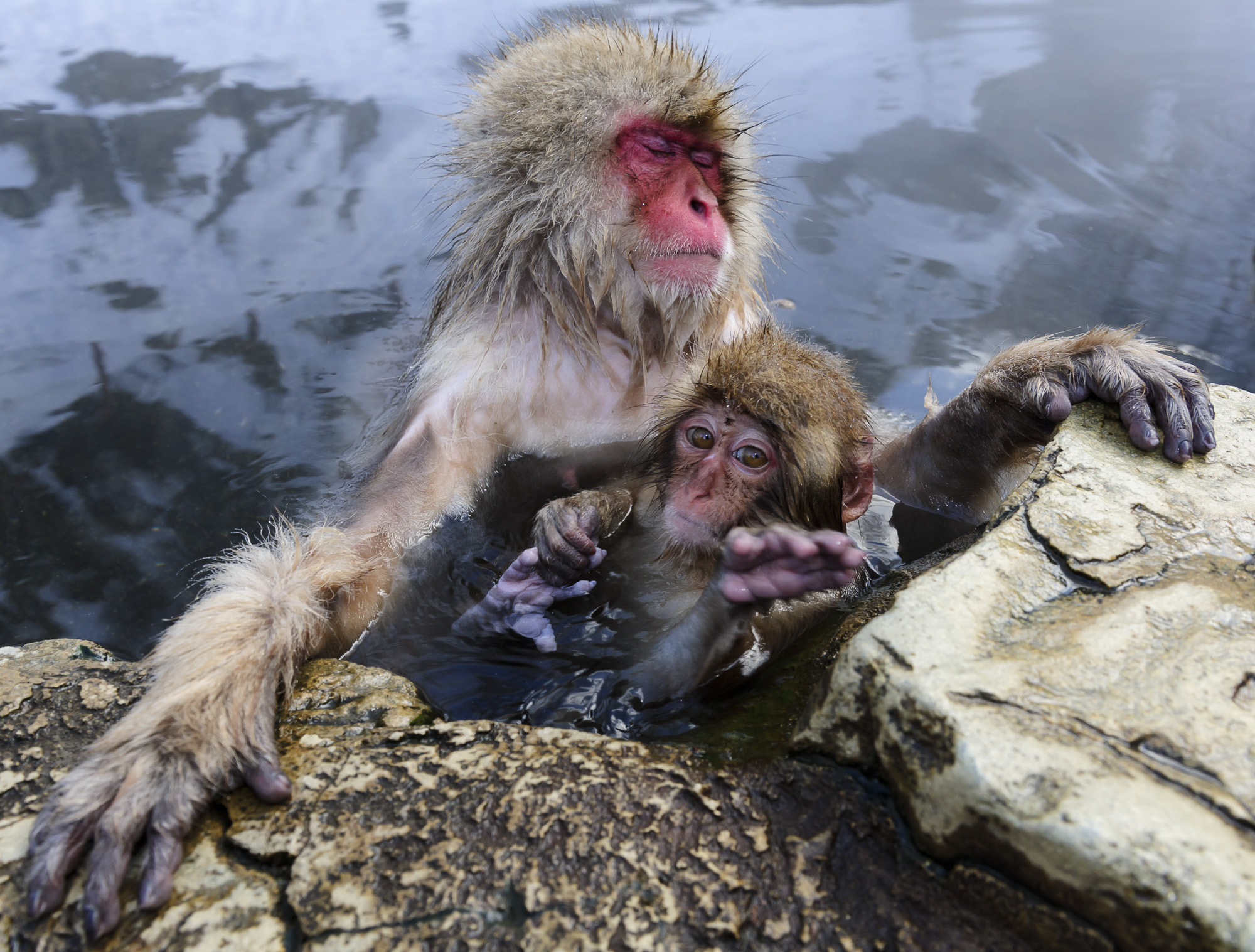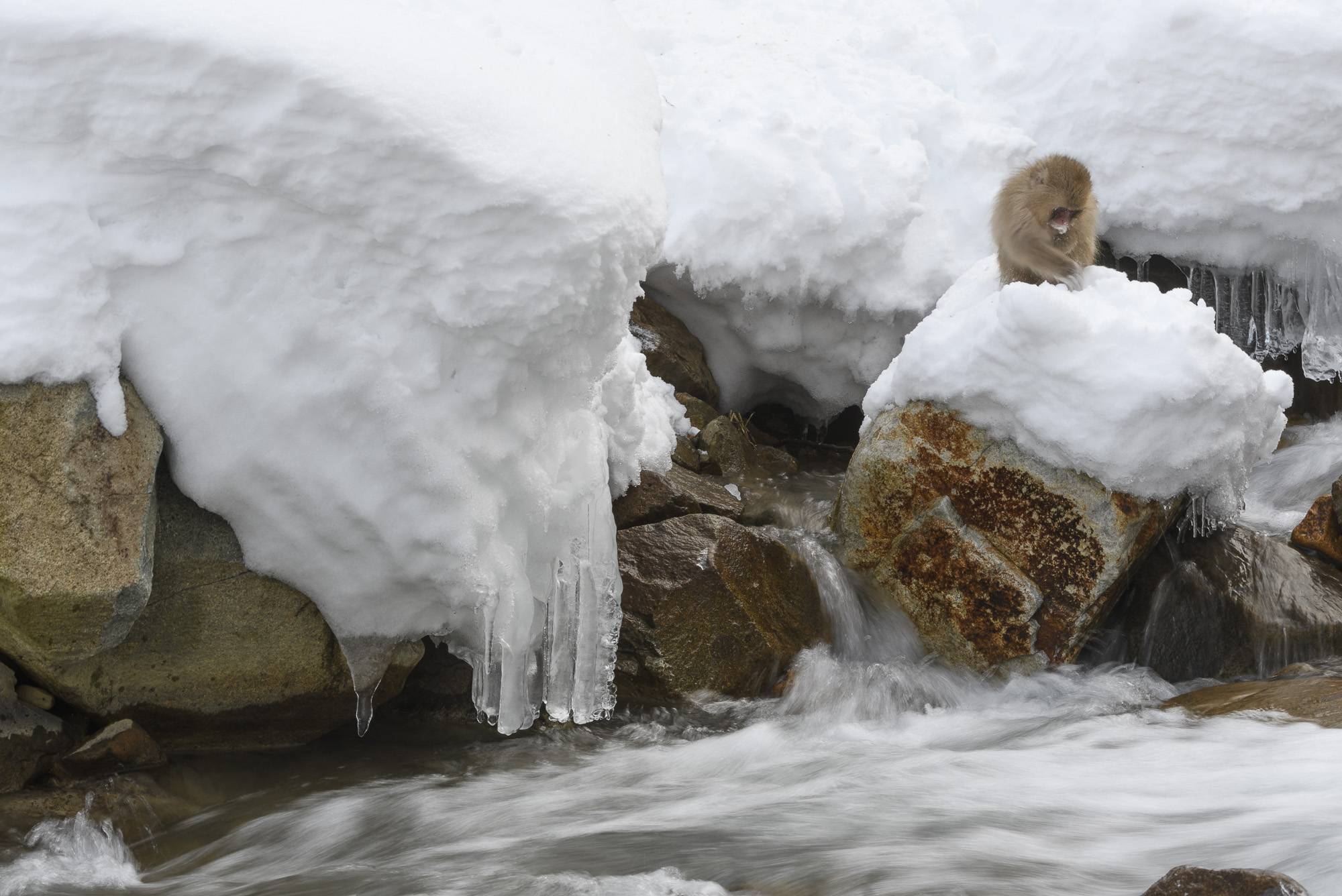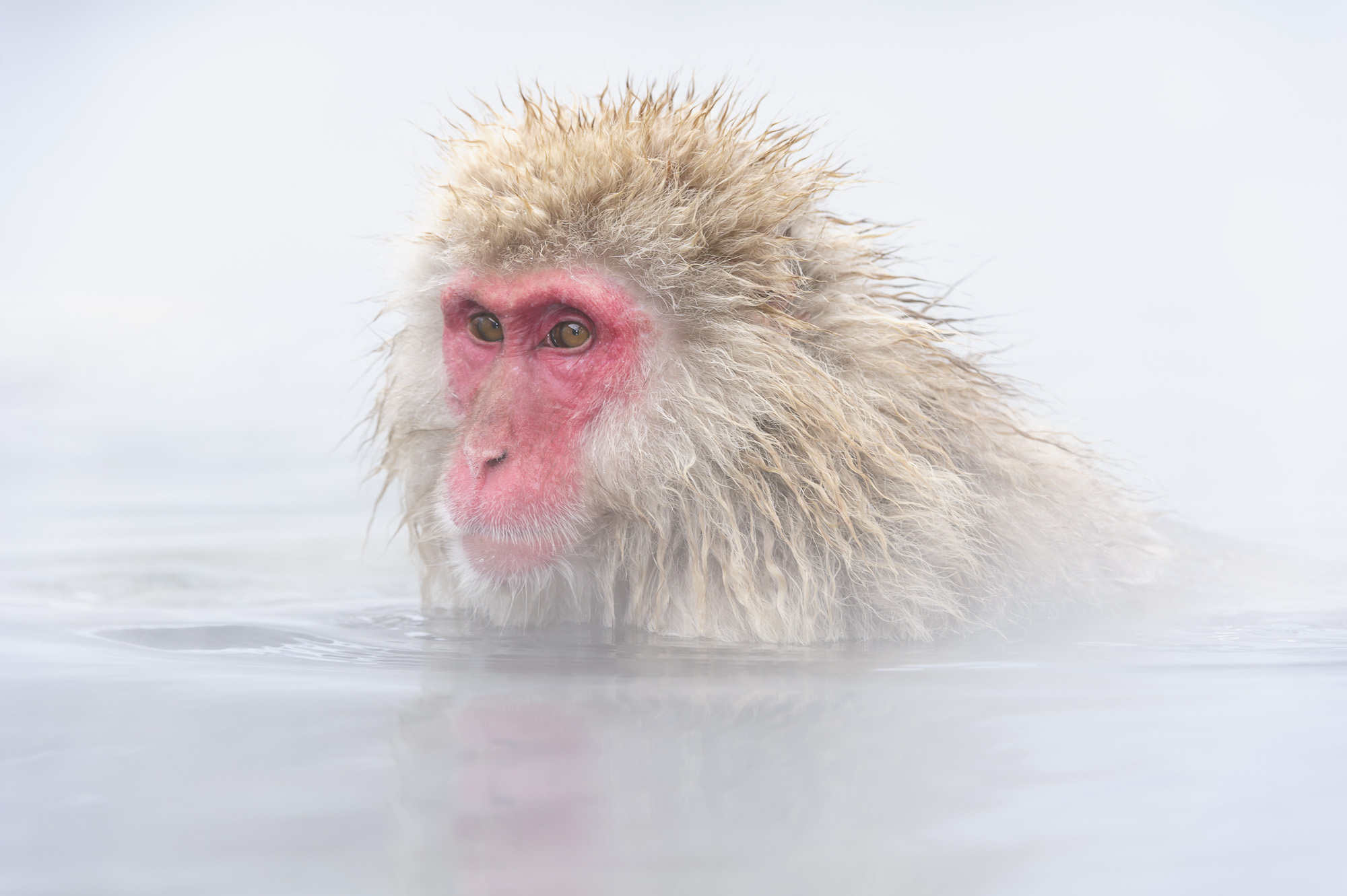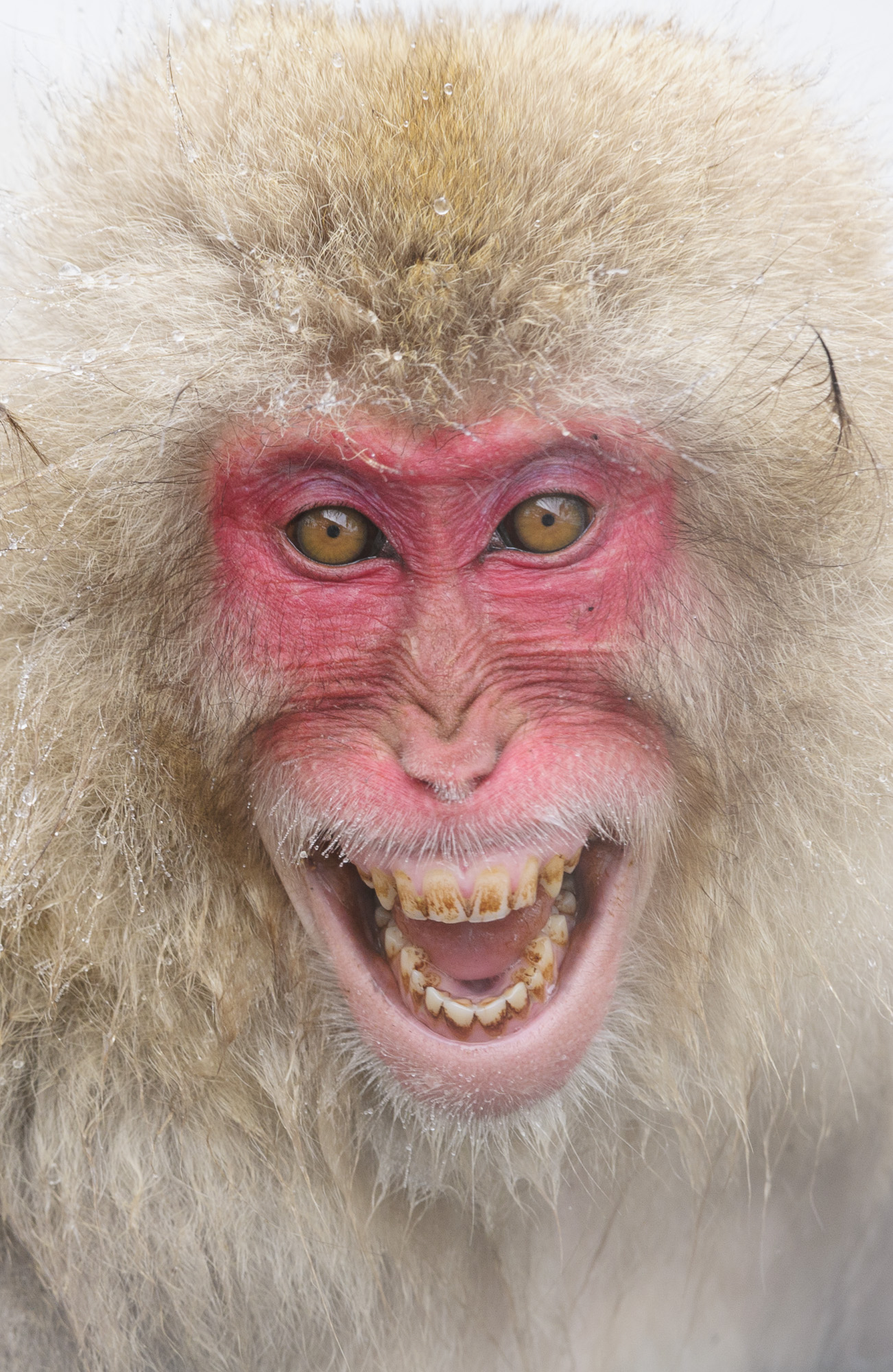THIS TOUR IS AN EXTENSION TO THE TOUR – WHITE CRANES, OWLS AND STELLER´S SEA EAGLES, JAPAN
20th – 28th FEBRUARY 2023. READ MORE HERE…
20th – 28th FEBRUARY 2023. READ MORE HERE…
Some highlights
- Japanese Macaques bathing in hot springs
- Dramatic winter scenery
- Traditional Japanese lodging, with hot-spring baths
- Fantastic Japanese food
- The tour guide will show you all the best spots, and give photographic advice, in a small group
- We promote conservation by economically supporting The Wild Bird Society of Japan
Visiting Japan during the winter is an unparalleled nature experience. Japan offers us a snow-covered mountain landscape that not only gives us fantastic opportunities for landscape photography but also gives us a very beautiful background when we photograph animals and birds. On this extension trip, we will experience unique encounters with the Japanese macaques. From Tokyo, we travel to the Japanese Alps to photograph the famous Japanese macaques bathing in hot springs.
JAPANESE MACAQUES AT JIGOKUDANI YAEN-KOEN
In the mountains north of Nagano lies Jigokudani, or ”The valley of Hell”. The Yokoyo River runs through the valley, originating from hot springs. We will be there to photograph the famous Japanese Macaques, also known as Snow Monkeys. With a little luck we will also be witness to snow-ball fights between younger monkeys. There are often good opportunities to photograph young ones sitting with their mothers. The monkeys are quite unafraid and we will be able to get all sorts of images.
Itinerary
Arrival at Tokyo Haneda International Airport in the morning. We travel by Shinkansen (bullet train) and local train to Yudanaka. Free afternoon. Photo workshop in the evening.
Day 2 – 3 (18 – 19/2) (Breakfast – Dinner)
After breakfast we go to Jigokundani Yaen-koen in order to photograph the Japanese Macaques bathing in hot-springs, playing in the snow etc. We spend both days with the Macaques. In order to get to Jigokundani Yaen-koen we need to walk about 1.5 km along a forest trail.
Day 0 (20/2) (Breakfast)
After breakfast we return to Tokyo and Haneda Airport. In the evening we fly back home or if you’re joining the main tour to Hokkaido.
Error: Contact form not found.


